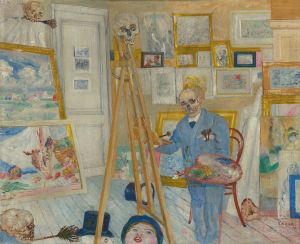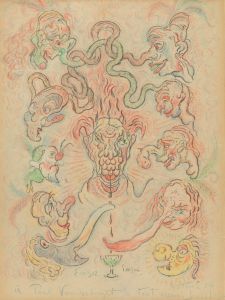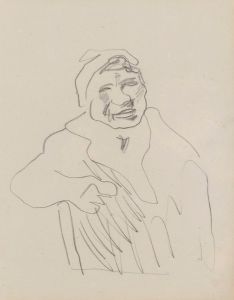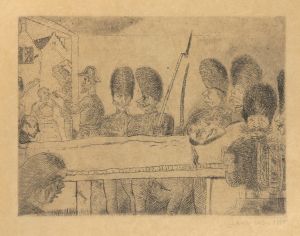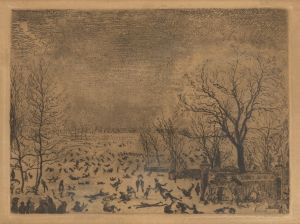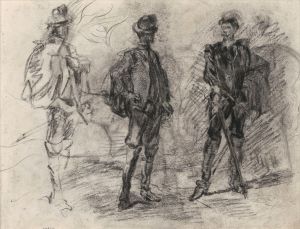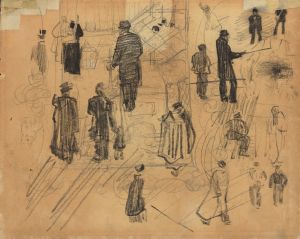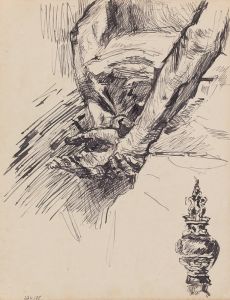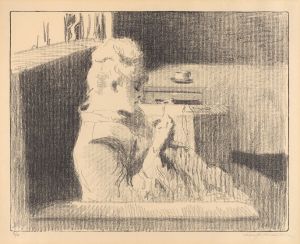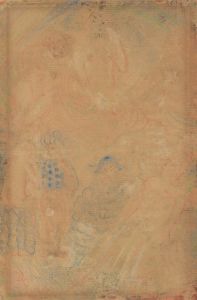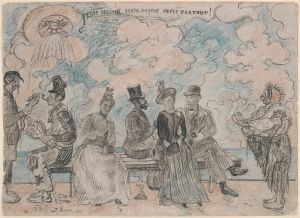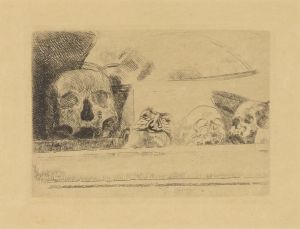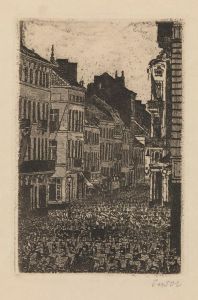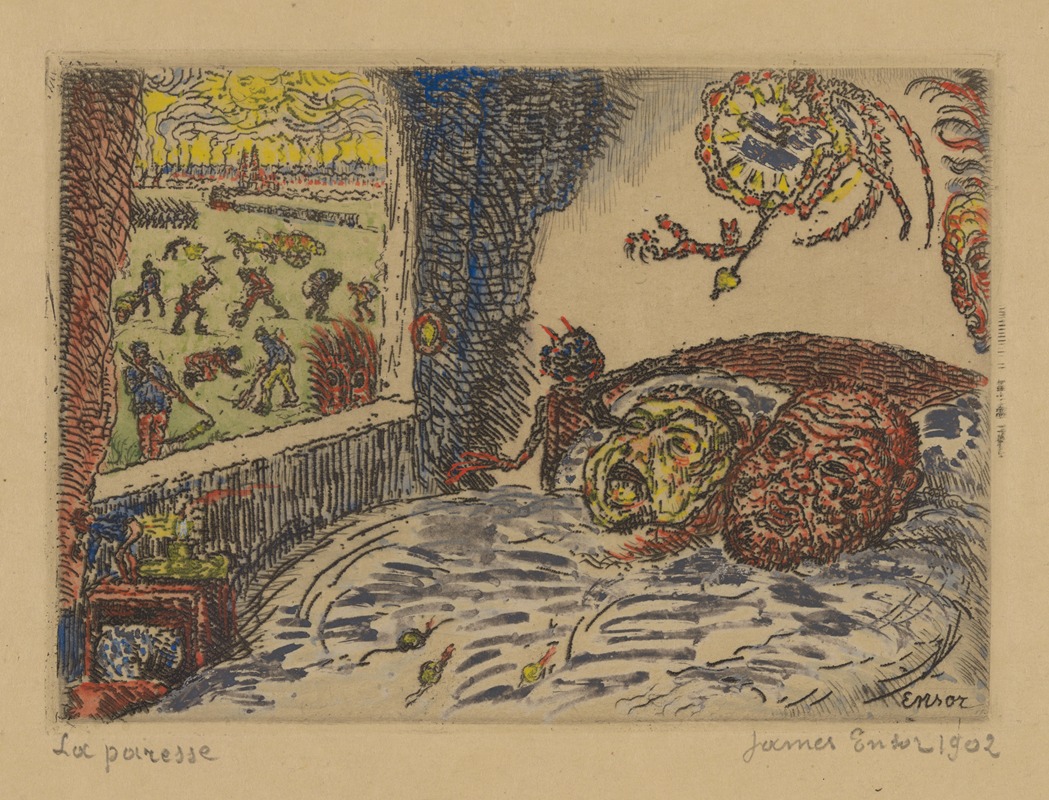
De luiheid
A hand-painted replica of James Ensor’s masterpiece De luiheid, meticulously crafted by professional artists to capture the true essence of the original. Each piece is created with museum-quality canvas and rare mineral pigments, carefully painted by experienced artists with delicate brushstrokes and rich, layered colors to perfectly recreate the texture of the original artwork. Unlike machine-printed reproductions, this hand-painted version brings the painting to life, infused with the artist’s emotions and skill in every stroke. Whether for personal collection or home decoration, it instantly elevates the artistic atmosphere of any space.
James Ensor, a prominent Belgian painter and printmaker, is known for his innovative and often provocative works that played a significant role in the development of modern art. One of his notable paintings is "De luiheid," which translates to "Laziness" in English. This work is part of Ensor's exploration of human vices and societal critiques, themes that frequently appear in his oeuvre.
Ensor was born in 1860 in Ostend, Belgium, and spent most of his life there. His early exposure to the eclectic mix of objects in his family's curiosity shop, which sold everything from carnival masks to exotic souvenirs, greatly influenced his artistic style. Ensor's work is characterized by its vivid color palette, intricate detail, and often satirical subject matter. He was a leading figure in the avant-garde movement in Belgium and was associated with the group Les XX, which included other progressive artists of the time.
"De luiheid" reflects Ensor's fascination with the grotesque and the absurd, common elements in his work. Although specific details about the painting's creation and its current location are not widely documented, it is consistent with Ensor's thematic focus on human folly and the darker aspects of society. Ensor often used allegory and symbolism to critique the moral and social issues of his time, and "De luiheid" likely fits within this context.
Ensor's style is marked by a unique blend of realism and fantasy, often incorporating fantastical elements that challenge the viewer's perception of reality. His use of masks and skeletons, for example, serves as a metaphor for the hidden truths and underlying hypocrisies of human nature. In "De luiheid," Ensor may have employed similar techniques to convey his message about the vice of laziness, although the specific imagery and composition of the painting are not extensively detailed in available records.
Throughout his career, Ensor's work was met with mixed reactions. While some contemporaries appreciated his bold approach and innovative techniques, others were critical of his departure from traditional artistic norms. Despite this, Ensor's influence on later artists, particularly those involved in the Expressionist and Surrealist movements, is undeniable. His willingness to confront taboo subjects and explore the complexities of the human condition paved the way for future generations of artists.
In summary, "De luiheid" by James Ensor is a testament to the artist's distinctive style and thematic interests. Although specific information about the painting is limited, it embodies Ensor's characteristic approach to art, blending satire, symbolism, and a critique of societal norms. Ensor's legacy as a pioneering figure in modern art continues to be celebrated, and his works remain a subject of study and admiration for their originality and depth.





